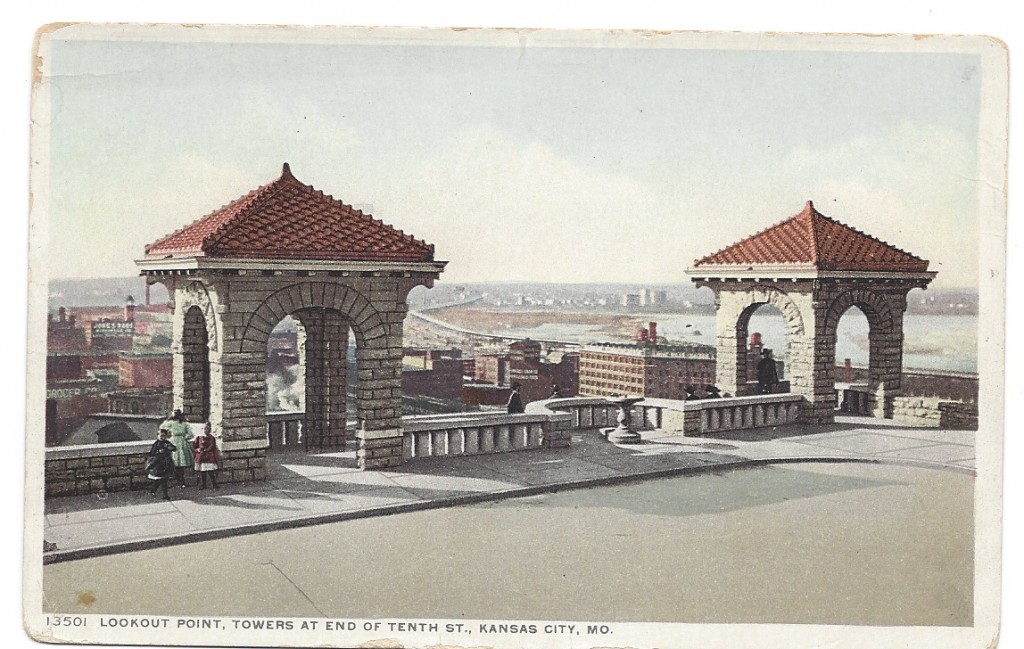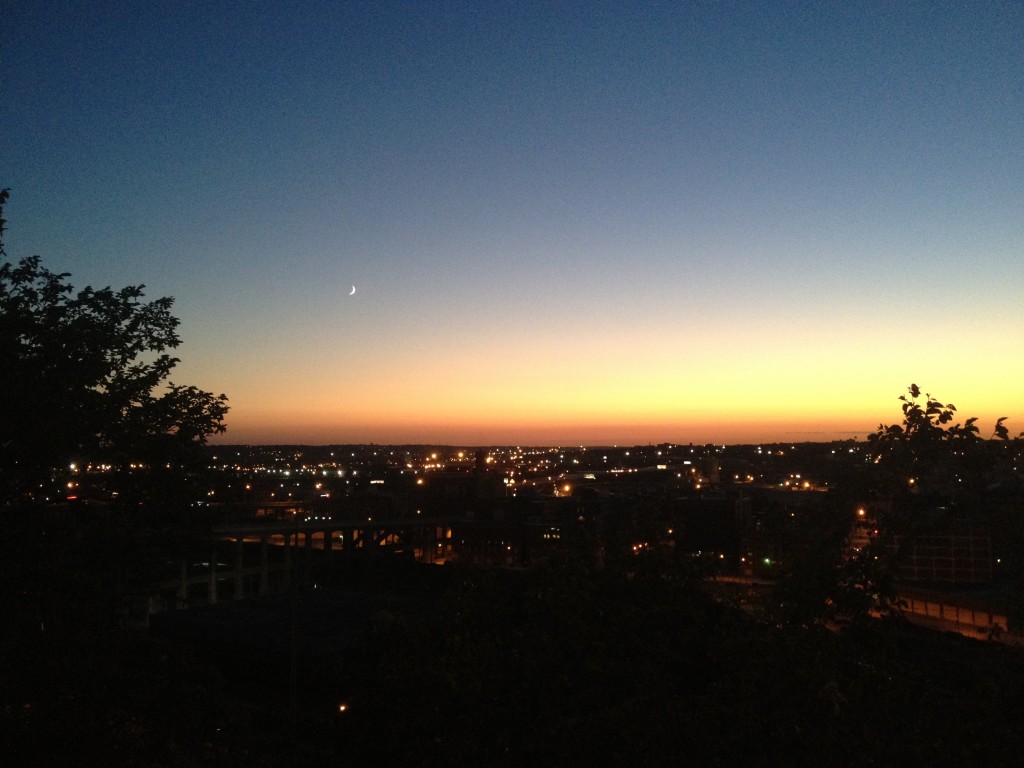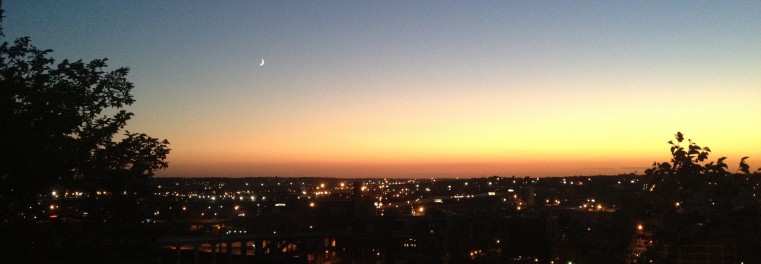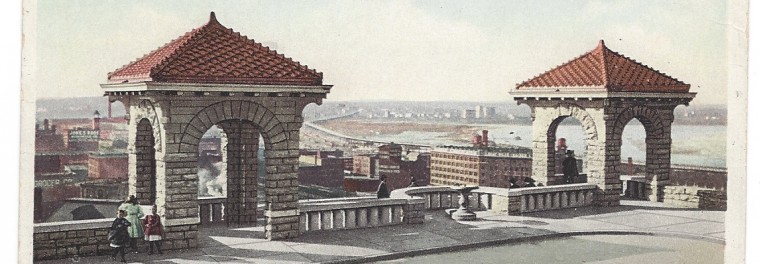Durned Musquetoes!
Case Park, Quality Hill, Barstow School, J.C. Nichols, Arnold Garfinkle

Past the stilettos, neon signs, and drum and bass of the Power & Light District, and through the quaint, brick, cottage-like condominiums of 10th Street, lies one of Kansas City’s quietest-kept secrets literally on the edge of town: Case Park. Seated on a 200-foot high bluff of limestone, Ermine Case Jr. Park houses a panoramic view of the mighty Missouri River Valley surrounded by the industrious West Bottoms and Interstate 35. A thigh-high stonewall borders the edge of the landing along with a few wooden benches that provide the perfect spots to sit back, relax and enjoy the view. To the west, you see the stout, brick stockyard buildings next to what seems to be a toy-sized train tugging along. Across the river, the Charles B. Wheeler Downtown Airport shows off its clean, manicured lawns, and landing strips with a couple of resting aircrafts. The River Market, Kansas City’s birthplace, peeks over the edge of the tree line to the far right of the Broadway Bridge. To the horizon, miles of trees meet the cloud-spotted sky.
As you drive toward the lookout point, the paved asphalt changes to brick, and something other than the vista catches your eye. It’s a larger-than-life sculpture of Capt. William Clark and Meriwether Lewis, along with their traveling companions and four-legged friend, Seaman, reflecting on the almost 210-year-old picturesque view. The statue was built in 1941, but its history started on June 26, 1804. Before the constant hum of Interstate 35 below the bluffs today, Carolina parakeets[1] filled the river valley with their colorful feathers and harsh song. In place of the cold, cement buildings, Elk and fruit-filled PawPaw trees[2] blanketed the land. The Lewis and Clark Expedition discovered the bluff on its way back home to St. Louis from the Pacific Ocean via keelboat. “The musquetoes continue to infest us in such manner that we can scarcely exist,” Clark recorded in his journal in 1804. “For my own part I am confined by them to my bier at least 3/4 of the time. My dog even howls with the torture he experiences from them.” Despite the misfortune of the pesky ‘muquetoes’, Clark climbed to what is now Case Park and Quality Hill and noted also that the bluff had a “commanding situation for a fort[3],” which became one of the first written descriptions of the Kansas City area. Almost 20 years later, Kansas City was born. Almost 50 years later, the area where Lewis and Clark once stood turned into the prosperous Quality Hill.

In the 1850s, wealthy New Englanders built the first mansion-like homes with large, luxurious lawns on Quality Hill. Most of the lawns were large enough for the homeowners’ cows to graze. The residents of Quality Hill became known as the snobby “Quality Hillers.” (Clever, eh?) Most of the children were sent to Mary Louise Barstow, who later founded the Barstow School[4] in 1884, for a private education. Many adults were graduates of ivy-league schools who hailed from the East Coast. Alas, the once-prominent Quality Hill neighborhood began to lose its prosper in the 1920s when J.C. Nichols started to develop the Country Club Plaza and other suburban neighborhoods, and the wealthier families moved south, leaving their homes for a less-than-savory crowd. In the 1950s, many of the larger homes were turned into small, unsanitary multi-family home units. The area stayed this way for almost 20 years.
By the 1970s, most of the large, homes of Quality Hill, along with its affluent history, “mysteriously” (emphasis on the scare quotes) burned down while under the ownership of Arnold Garfinkle, a prominent investor at the time. Shortly thereafter, much of the area had been acquired by larger businesses and foundations that continue to refurbish the housing. Now, Quality Hill’s popularity is growing, along with the cost of living. But, no matter how wealthy or prosperous Quality Hill grows, the new generation of the Quality Hillers can’t forget its historical, but not so humble, start.






